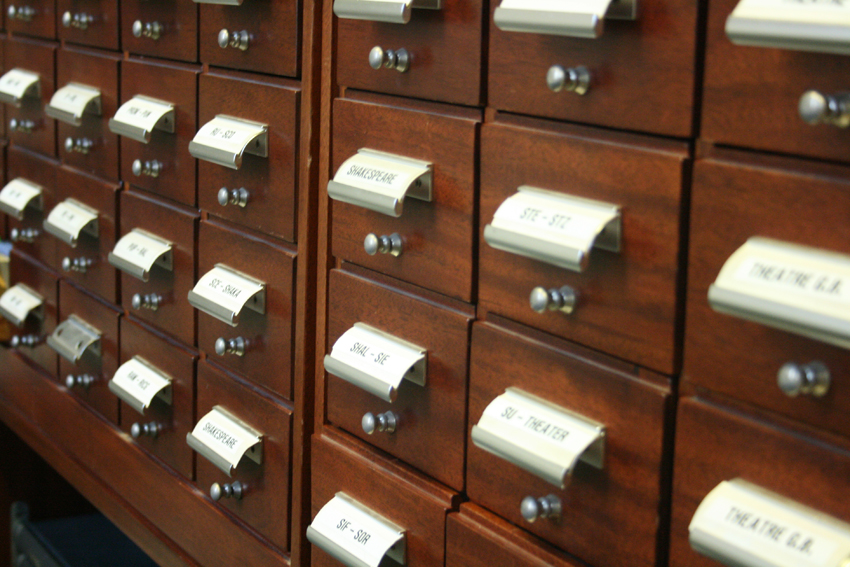Kelham Island Museum is part of Sheffield Industrial Museums Trust, which gives an idea of the sort of thing going on inside this old iron foundry. I was expecting general local history, cutlery, coffee pots etc. but hadn’t appreciated that those skills also meant that Sheffield made a lot of engineering and hand tools too.
As such, the museum is also host to the extraordinary Hawley Collection. A remarkable assortment of tools and works in progress that show how the tools were made. This means that the tools that made the tools are also presented - leading to a wonderful sort of meta exhibit.
The really great thing is that it’s a personal collection turned institutional, and where you’d expect more gaps, and more bias you’re met with sheer quantity of artefacts and a really well presented, coherent exhibit. Both the character of the founder, Ken, and the group of volunteers that man the ‘research room’, (biscuits and enthusiastic tool chat were more noticeable) are firmly felt in the gallery.
Elsewhere in the museum is the massive River Don Engine that came to the museum straight from the factory floor where it had been used to make armour plating for nuclear power stations.
I also really appreciate any museum that incorporates it’s archives and restoration work into it’s displays – It gives a sense of continuation, activity, and relevance.













